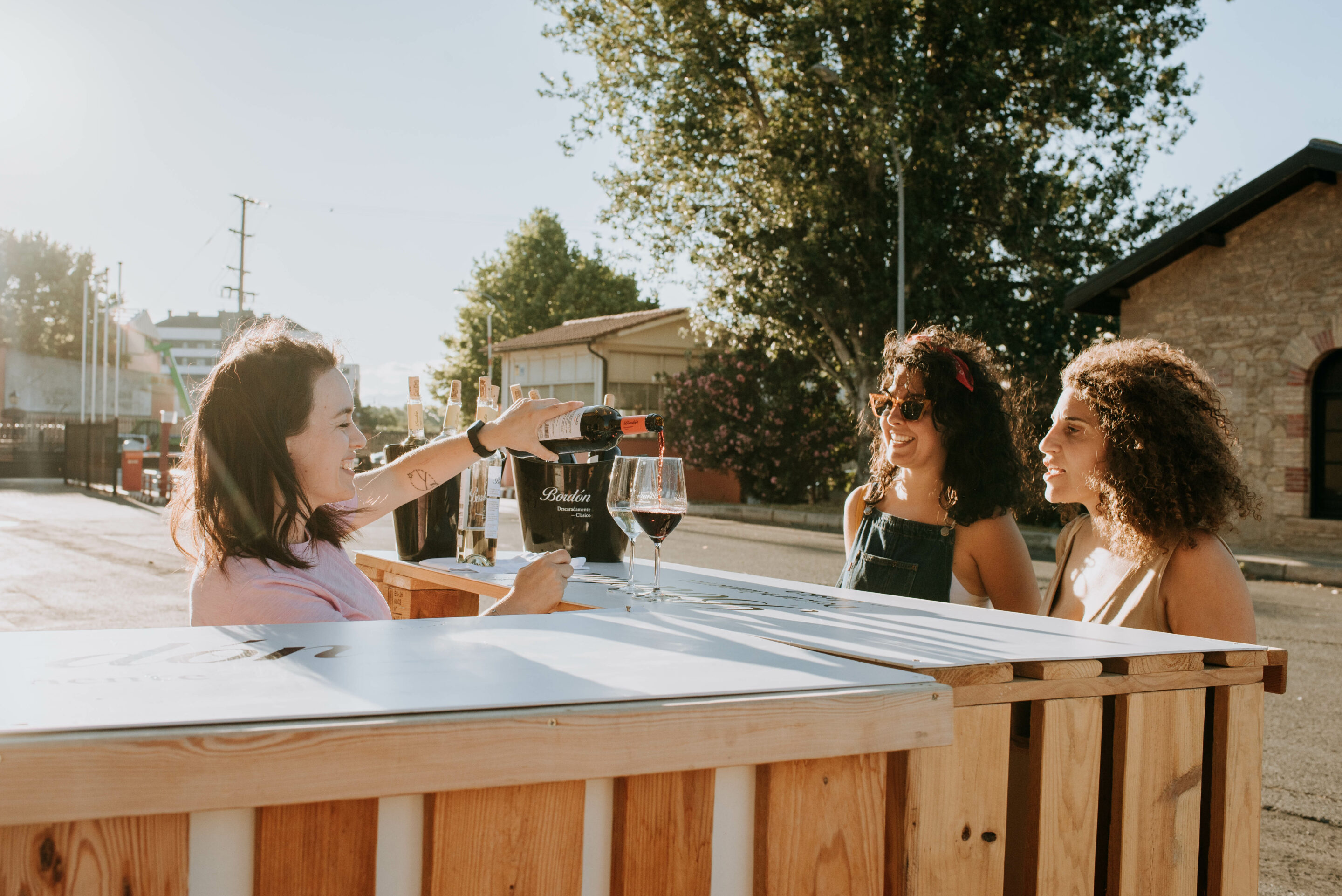Wine tasting is a sensory experience that goes beyond simply drinking the beverage; It is an art that allows you to appreciate and enjoy its nuances, aromas and flavors. If you are interested in learning how to taste wine, here we present a step-by-step guide to discover all the secrets hidden in each glass.
1. Preparations: choice of wine and glasses
Before starting the tasting, carefully select the wines you are going to try. You can opt for a themed tasting, focusing on a specific wine region, grape variety or type of wine. Make sure you have a well-lit area free of strong odors. Additionally, use clear, unscented wine glasses to visually appreciate the wine and focus on its characteristics.
2. Visual observation: the color of the wine
Pour a small amount of wine into the glass and observe it against the light. The color of the wine can provide clues about its age, grape variety, and production process. A young white wine tends to be lighter, while younger reds can have violet hues. Older wines tend to show darker colors and brown nuances.
3. Aromas: the bouquet of wine
Gently twist the glass to release the aromas and immerse yourself in the aromas of the wine. Put your nose close to the edge of the glass and inhale deeply. Identify the different essences, from fruits and flowers to spicy or smoky notes. Learning to recognize smells will help you appreciate the complexity of wine.
4. Flavor: the taste in the mouth
Take a small sip and allow the wine to flow through your mouth. Pay attention to the texture, acidity, body and flavors. Is the wine light or robust? Do you notice fresh fruits or more complex flavors like vanilla or leather? The tongue can detect sweet, sour, salty and bitter tastes, so be aware of the sensations you experience.
5. Finish: the aftertaste of the wine
After swallowing or spitting out the wine, pay attention to the aftertaste. This is the flavor that lingers in the mouth after having tasted the wine. Is it short and fades quickly or is it long and persistent? A long aftertaste often indicates a quality wine.
6. Notes and reflections
We advise you to keep a tasting notebook and take notes about each wine you try. Record its name, the vintage, the winery and your personal impressions. This will help you remember your preferences and continue developing your palate over time.
7. Comparison and contrast
If you are tasting several wines, compare them to each other to appreciate the differences and similarities. This way, you will better understand the characteristics of each wine and learn to hone your tasting skills. Conducting a
wine tasting is a fun and rewarding experience that requires practice and patience. As you immerse yourself in the world of tasting, you will discover the richness and diversity that each bottle has to offer. Dare to explore the world of wine!
